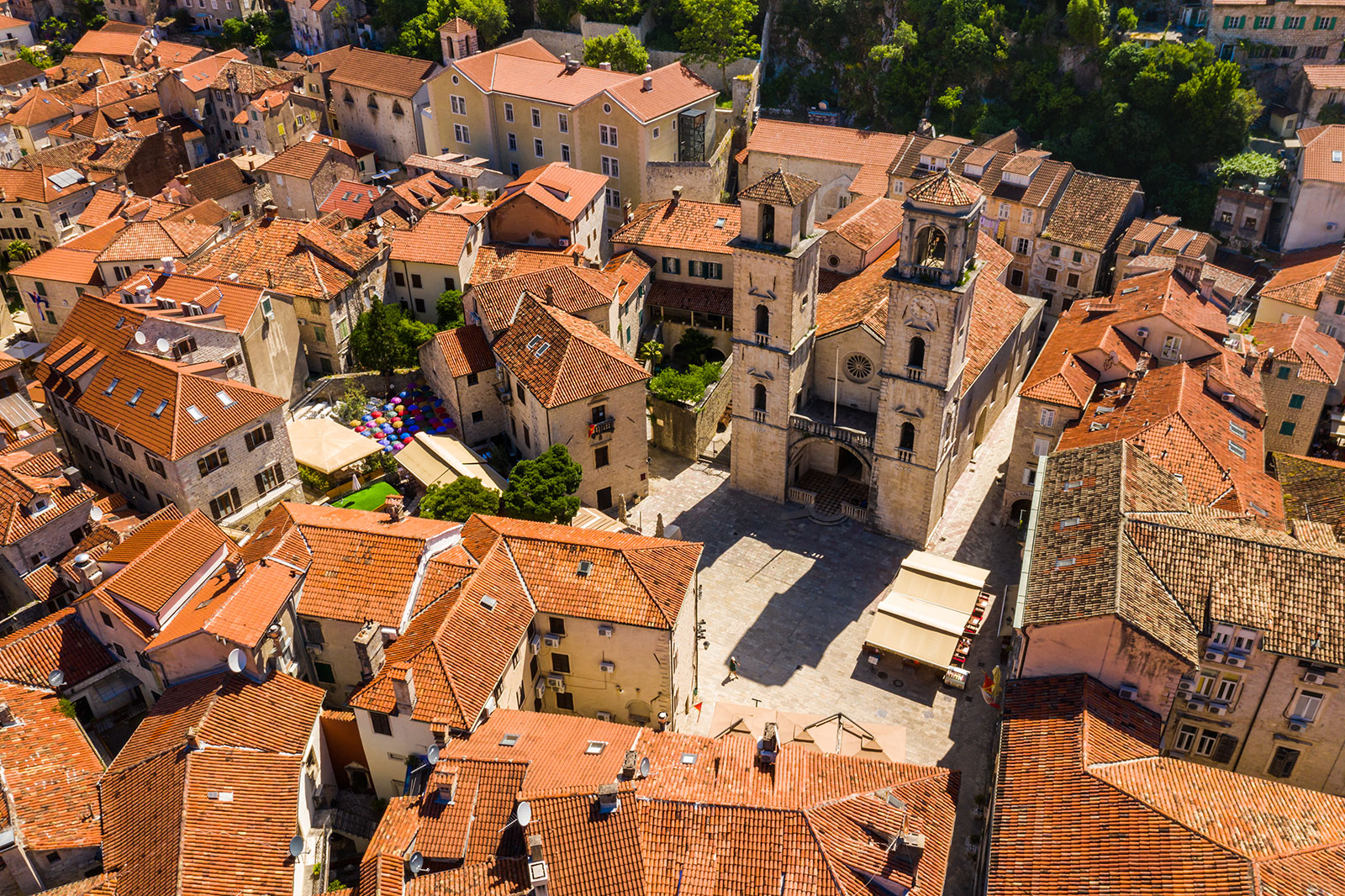

Today, a new summit was held in Kotor within the framework of the Growth Plan, an instrument for the Western Balkans by which the European Commission brings under one umbrella most of the previous efforts and initiatives to stimulate economic growth in the region. The dynamics of the gathering of the Western Balkans’ leaders to discuss matters of importance for the future of the region, as well as the commitment of the EU to them, is encouraging. It is also the case that this new plan, with larger funds, coincides with the ambitions of some countries to become EU members by 2028, such as Montenegro, and it is clear an incentive mechanism in fulfilling that goal.
Unsurprisingly, the positive aspects were put in the foreground: large funds in a three-year period, the prospect of doubling the Western Balkans economies in a ten-year period, as well as that of integration into certain areas of the European Single Market, a well-rounded methodological and monitoring mechanism with incentives or sanctions if countries do not meet their promises, with the motto: One region, common vision. One could say that there is a vision here. However, the devil is in the details, as always.
Firstly, the Common Regional Market is one of the pillars of the Growth Plan, and since the signing of four agreements, three of which were done in 2022, there is still no progress in establishing it.
Secondly, although the reform agendas repeat most of the measures that are already at the heart of the Western Balkans’ integration process, reporting on the Growth Plan is planned completely separately, aside from the fact that it is an additional burden for both for the European Commission and the WB countries that are already quite administratively weighed down, it is debatable whether this is a supporting or a completely separate process. It is particularly visible that the Growth Plan is going hand in hand with some proposals on sector-by-sector integration, therefore it would be appropriate for the EU to offer clear dynamics of accession to the countries of the Western Balkans as well.
Thirdly, the distribution of resources according to the criterion of population and GDP goes to the disadvantage of Montenegro, so it is a paradox that the country that is closest to the European Union gets less than twice as much as the next one. Although Montenegro is the smallest country in the region, such a drastic difference is not acceptable.
Fourthly, if we look at the draft of the Montenegrin Reform Agenda, which is divided into four parts - business environment and development of the private sector, digital and energy/green transition, development of human capital and fundamental rights/the rule of law - and the proposed measures, we will see that such measures achieve approaching the European Single Market in a limited number of areas, and it is especially problematic that the rule of law still remains less important, while the focus is on the economy.
Fifthly, although the parameters for the evaluation have been highlighted, it is still unclear how it will unfold in practice, as well as whether the sanctioning will really work at all.
Sixthly, taking into account the absorption capacity and use of EU funds so far, it will be a true challenge for many countries to properly administer the new ones.
Today in Kotor, the progress agreed upon at the summit in Tirana was discussed, but three new priorities were also initiated: critical medicines alliance, EU identity wallet and conformity assessment agreements. However, the technical part, as usual, remained in the shadow of politics, so the Prime Minister of Kosovo and the President of Serbia dealt with issues such as recognition, extradition, and the UNGA Resolution on Srebrenica. The most interesting was certainly President Vučić's “estimation" that not a single country in the Western Balkans would become a member of the European Union before Ukraine, which, in his opinion, will not happen in the next six years. It is even more interesting that the hosts of the summit agreed and kept quiet although they are promising that Montenegro will be ready for membership in 2028.
Apart from the fact that this time the summit was held in the most beautiful city in the world, as usual, both the Summit and the Growth Plan, could be summed up in the following manner: the best is yet to come, maybe.